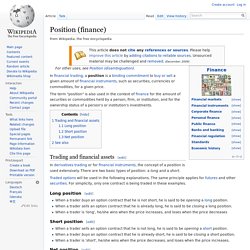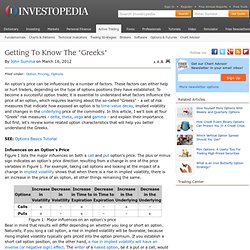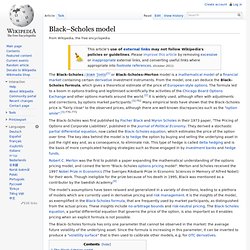

Regulatory. Position (finance) The term "position" is also used in the context of finance for the amount of securities or commodities held by a person, firm, or institution, and for the ownership status of a person's or institution's investments.

Net position is the difference between total open long (receivable) and open short (payable) positions in a given asset (security, foreign exchange currency, commodity, etc.) held by an individual. Derivative (finance) Many money managers use derivatives for a variety of purposes, such as hedging — by taking a position in a derivative, losses on portfolio holdings may be minimized or offset by profits on the derivative.

Likewise, derivatives can be used to gain quicker and more efficient access to markets; for example, it may be easier and quicker to purchase an S & P 500 futures contract than to invest in the underlying securities.[3] Derivatives are a contract between two parties that specify conditions (especially the dates, resulting values and definitions of the underlying variables, the parties' contractual obligations, and the notional amount) under which payments are to be made between the parties.[4][5] The most common underlying assets include commodities, stocks, bonds, interest rates and currencies, but they can also be other derivatives, which adds another layer of complexity to proper valuation.
Still, even these scaled down figures represent huge amounts of money. Greeks (finance) The Greeks are vital tools in risk management. Each Greek measures the sensitivity of the value of a portfolio to a small change in a given underlying parameter, so that component risks may be treated in isolation, and the portfolio rebalanced accordingly to achieve a desired exposure; see for example delta hedging. , measures the rate of change of option value with respect to changes in the underlying asset's price. Delta is the first derivative of the value of the option with respect to the underlying instrument's price For a vanilla option, delta will be a number between 0.0 and 1.0 for a long call (or a short put) and 0.0 and −1.0 for a long put (or a short call); depending on price, a call option behaves as if one owns 1 share of the underlying stock (if deep in the money), or owns nothing (if far out of the money), or something in between, and conversely for a put option. ).
Getting To Know The "Greeks" An option's price can be influenced by a number of factors.

These factors can either help or hurt traders, depending on the type of options positions they have established. To become a successful option trader, it is essential to understand what factors influence the price of an option, which requires learning about the so-called "Greeks" - a set of risk measures that indicate how exposed an option is to time-value decay, implied volatility and changes in the underlying price of the commodity. In this article, I we'll look at four "Greek" risk measures - delta, theta, vega and gamma - and explain their importance. But first, let's review some related option characteristics that will help you better understand the Greeks. SEE: Options Basics Tutorial Influences on an Option's Price Figure 1 lists the major influences on both a call and put option's price.
Bear in mind that results will differ depending on whether you long or short an option. Three things to keep in mind with delta: 1. 1. Black–Scholes. Robert C.

Merton was the first to publish a paper expanding the mathematical understanding of the options pricing model, and coined the term "Black–Scholes options pricing model". Merton and Scholes received the 1997 Nobel Prize in Economics (The Sveriges Riksbank Prize in Economic Sciences in Memory of Alfred Nobel) for their work. Though ineligible for the prize because of his death in 1995, Black was mentioned as a contributor by the Swedish Academy.[4] The model's assumptions have been relaxed and generalized in a variety of directions, leading to a plethora of models which are currently used in derivative pricing and risk management.
It is the insights of the model, as exemplified in the Black-Scholes formula, that are frequently used by market participants, as distinguished from the actual prices. The Black-Scholes world[edit] Now we make assumptions on the assets (which explain their names): Assumptions on the market: Notation[edit] Let.